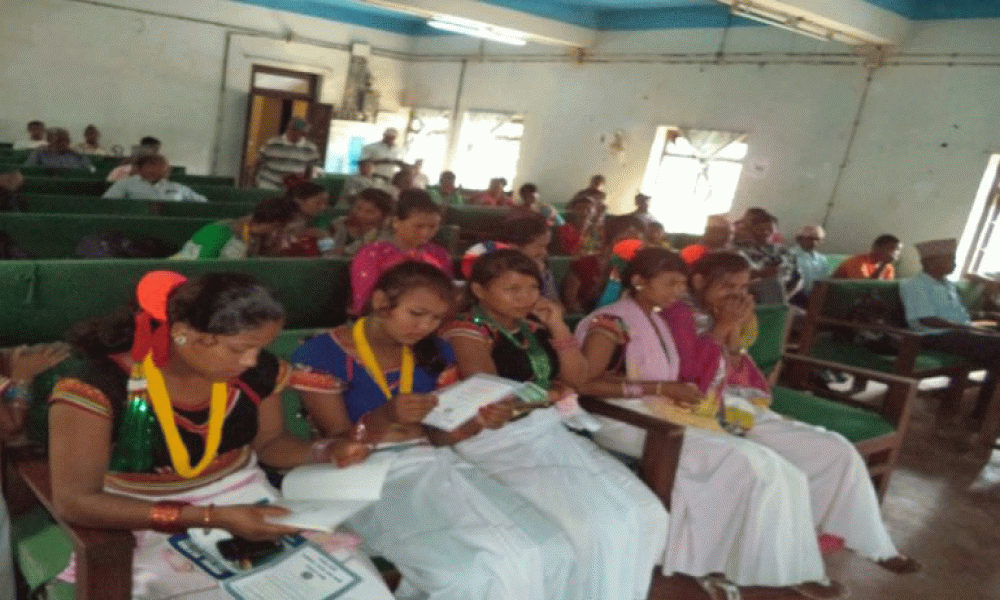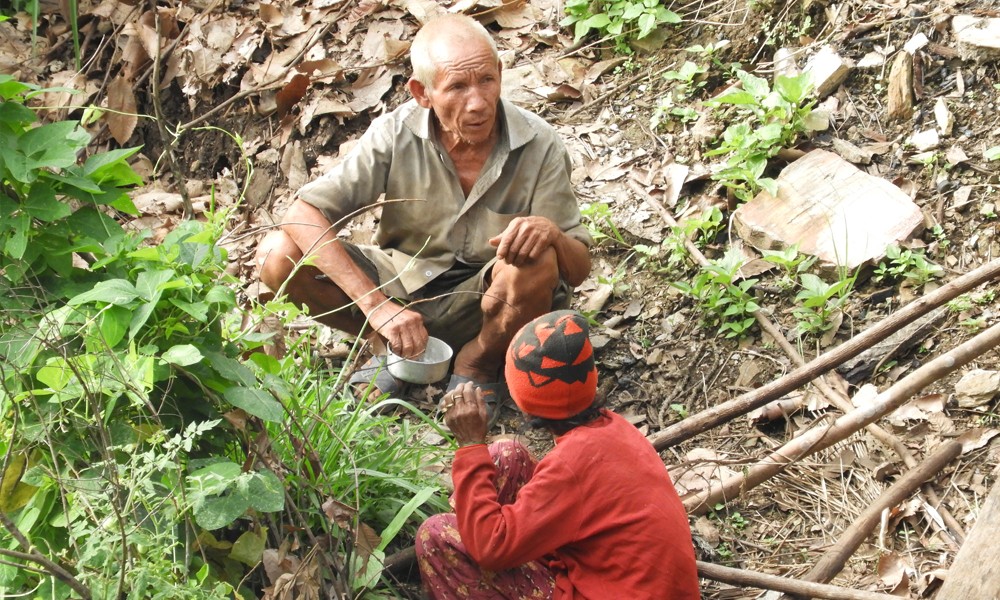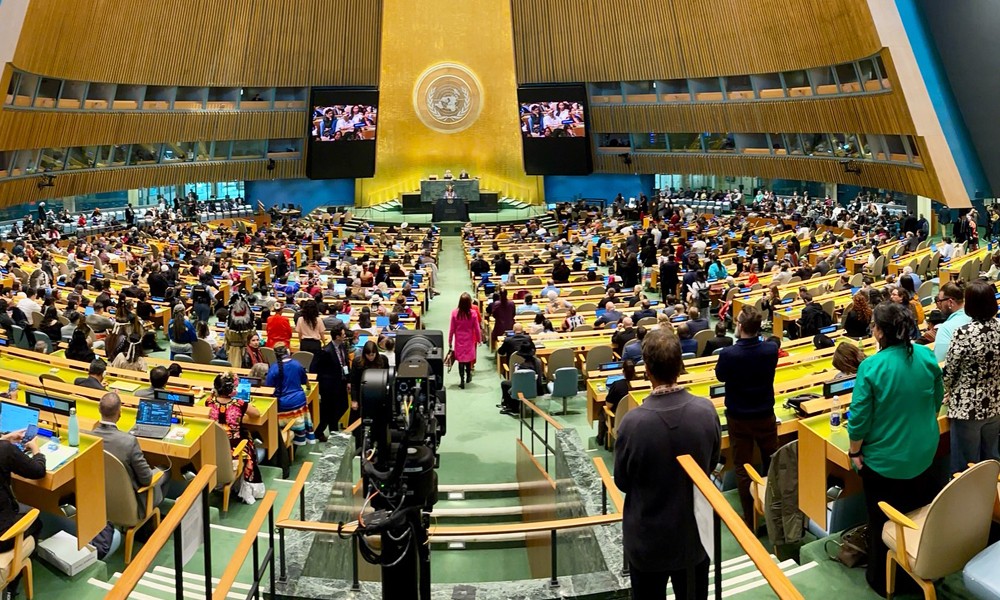Gita Chaudhary Tharu
In the far western plains region of Nepal, the ethnic Tharus have been fighting a battle for dignity, identity, social justice and rights for over the last two months. The struggle for an autonomous Tharuhat movement quickly reached a peak with an overwhelming support from the people. But it failed to be productive. After the Kailali incident, the Tharuhat movement has been overshadowed by the Madhes movement. And the state is not giving due importance to the voices of the indigenous Tharu people.
The Nepali state has appeared a racist institution, to say the least. It quickly addressed the demands put forth by the hill people but is reluctant to hear the voices of the inhabitants of the plains regions. The state has always used force to suppress the Tarai dwellers. The use of force can be effective in quelling protests, but not in building a nation.
It is not surprising that the unitary state wants to quell protests. But w hat is more surprising is even the NEFIN, the umbrella organization of the indigenous people, has silently endorsed the racist constitution.
The unitary Nepali state has always been dominated by people belonging to the privileged high-castes. The new constitution has not ended their dominance over the state. In the wake of the Madhes-Tharuhat movement, the high caste people are afraid of having to share power and state resources with the marginalized people. So they are using rhetoric of nationalism. Nationalism is a good notion, but it has been used by the high-caste people as a tool to retain their unitary government.
It is not surprising that the unitary state wants to quell protests. But w hat is more surprising is even the NEFIN, the umbrella organization of the indigenous people, has silently endorsed the racist constitution.
Tharus are a unique indigenous community. We always want to live in a cluster. We have always been living in thick clusters in the Tarai. We are never after material prosperity. We are known for our honesty and hard work. But when federal boundaries were drawn in the new constitution, our clusters were divided. More than 400,000 Tharus live in Kailali and Kanchanpur districts, but these districts have been separated from the Nawalparasi-Bardiya province. It is a divide and rule strategy of the high-caste rulers. It will a strategy to perpetuate slavery of Tharus.
Tharus are a unique indigenous community. We always want to live in a cluster. We have always been living in thick clusters in the Tarai. We are never after material prosperity.
The biggest weakness of the Tharuhat movement is the lack of a strong, credible and widely-accepted leadership. This is why the Tharuhat movement has failed so far. If the current leadership is not capable of taking it forward, it should pave the way for the new leadership to grow. Expanding network of the movement is equally important. Regional, district and local leaders of the movement should be developed. Tharus are not fighting against Madhesis ut the rule of high-caste Brahmins. So Tharus should join hands with Madhesi parties.
Raising awareness is equally important. We should organize door-to-door campaigns to raise awareness about our issues.










